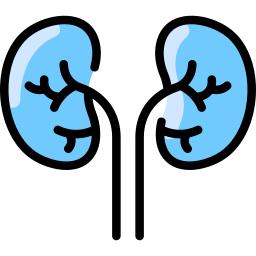Cocaine is a potent stimulant sourced from the coca plant, known for producing brief yet intense feelings of euphoria. However, its effects can leave a lasting impact on those who misuse it.
According to the 2021 National Survey on Drug Use and Health (NSDUH), approximately 1.4 million individuals aged 12 and older struggle with cocaine addiction. This substance use disorder can lead to significant physical, mental, and emotional challenges.







